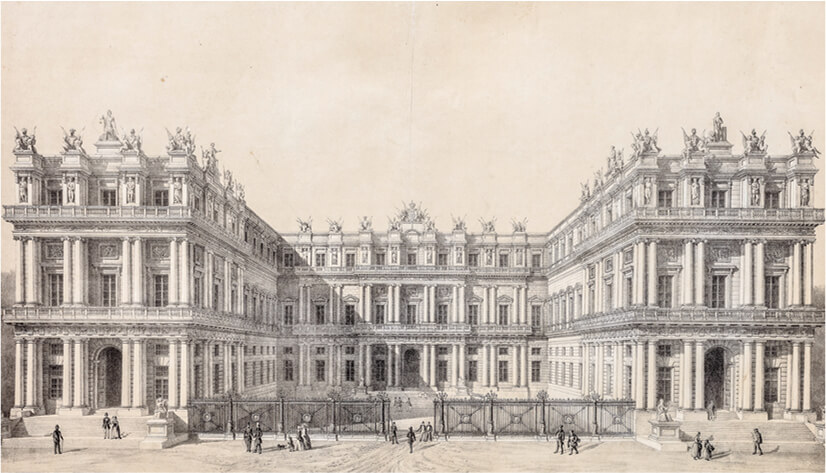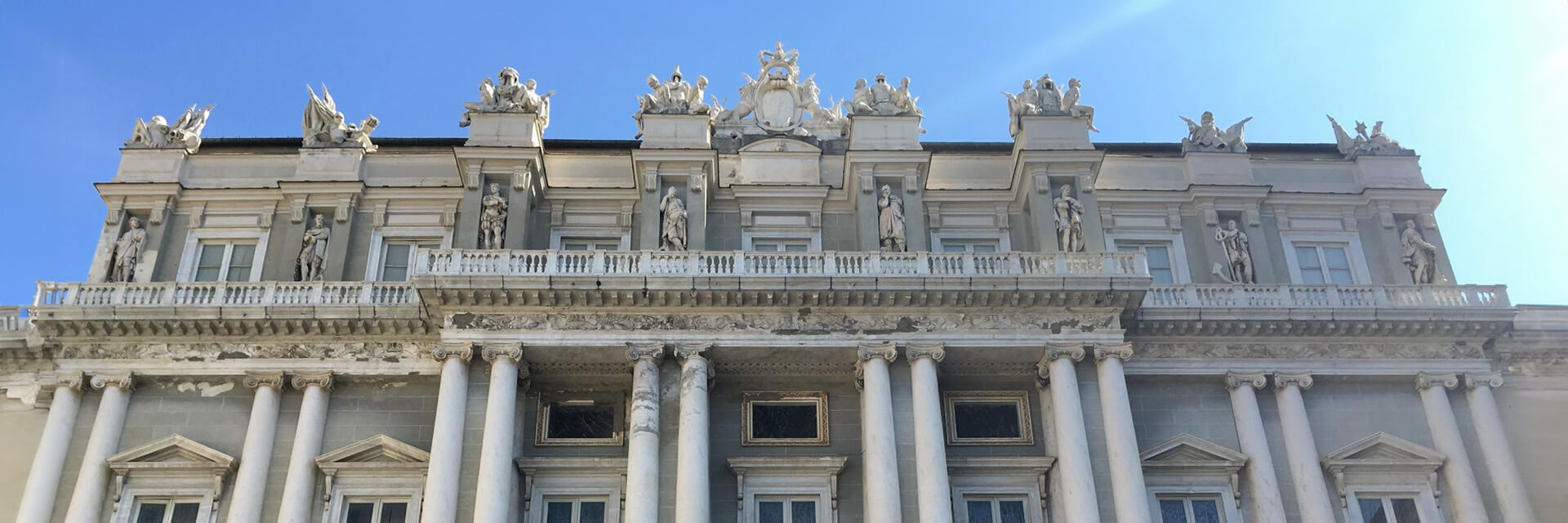Genoa’s early forms of local government had no permanent seat and were forced to meet in the various private homes of their individual members. So it was decided to purchase two buildings belonging to the Doria and Fieschi families that occupied a strategic area in the centre of the mediaeval city. These came to form the core of the palace, which later, in 1339, became the seat of the doge – hence the name Palazzo Ducale or Doge’s Palace – with the election of Simon Boccanegra as the first doge. Two and a half centuries later, after Andrea Doria’s 1528 reforms had consolidated the republic, it was decided to give the Palace a sumptuous and elegant look and to make it a symbol of the oligarchic Republic. In 1591 the architect Andrea Ceresola, known as il Vannone, was commissioned to carry out this task.

The result was a majestic and imposing Mannerist-style palazzo, defended like a fortress and with the present Piazza Matteotti closed off by a curtain wall. It was now a proper seat of state complete with ceremonial rooms and a parade ground.
In 1777 a furious fire devastated the central part of the building, most notably the Halls of the Greater and Lesser Council and the main façade. Reconstruction work was put in the hands of the Ticino architect Simone Cantoni, who was also responsible for the helicoidal staircase that took his name. He reinterpreted the spaces in a neoclassical key, accentuating their solemn and majestic character. A few years later, Napoleon’s invasion of Italy marked the end of the Republic, which in 1815 was then annexed by the Kingdom of Sardinia.
Now that the palace no longer needed to be defended, the curtain wall was demolished and the building itself radically transformed, becoming the seat of the city administration and later also of the court of justice. Major restoration work carried out in the early twentieth century under the direction of Orlando Grosso brought to light traces of the building’s mediaeval past, also doing away with some seventeenth-century alterations and restoring the painted facade overlooking Piazza De Ferrari. Today’s palace is the result of an impressive refurbishment project carried out by Giovanni Spalla that began in 1980. This intervention rediscovered the organic unity of Vannone’s design, revealing its historical value and returning a piece of history to the city, together with all the architectural and urbanistic riches that had accumulated over the centuries.
Since 1992 Palazzo Ducale has been a dynamic and prestigious cultural hub, home to the Foundation for Culture that organises art exhibitions, major festivals, meetings and events of both a commercial and cultural nature.
